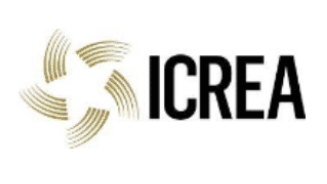ACS Nano, 2023, 17 (24): 24919–24935
Pulmonary toxicity of boron nitride nanomaterials is aspect ratio dependent
Boron nitride (BN) nanomaterials have drawn a lot of interest in the material science community. However, extensive research is still needed to thoroughly analyze their safety profiles. Herein, we investigated the pulmonary impact and clearance of two-dimensional hexagonal boron nitride (h-BN) nanosheets and boron nitride nanotubes (BNNTs) in mice. Animals were exposed by single oropharyngeal aspiration to h-BN or BNNTs. On days 1, 7, and 28, bronchoalveolar lavage (BAL) fluids and lungs were collected. On one hand, adverse effects to lungs were evaluated using a range of approaches (e.g., immune response, histopathology, tissue remodelling, and genotoxicity). On the other hand, material deposition and clearance from the lungs were assessed. Two-dimensional h-BN did not cause any significant immune response or lung damage, although the presence of materials was confirmed by Raman spectroscopy. In addition, the low aspect ratio h-BN nanosheets were internalized rapidly by phagocytic cells present in alveoli resulting in an efficient clearance from the lungs. On the contrary, high aspect ratio BNNTs caused a strong and long-lasting inflammatory response, characterized by sustained inflammation up to 28 days after exposure and the activation of both innate and adaptive immunity. Additionally, the presence of granulomatous structures and an indication of ongoing fibrosis as well as DNA damage in the lung parenchyma were evidenced. Concurrently, BNNTs were identified in lung sections for up to 28 days, suggesting long-term persistence, as previously demonstrated for other high aspect ratio nanomaterials with poor lung clearance such as multi-walled carbon nanotubes (MWCNTs). Overall, we reveal the safer toxicological profile of BN based two-dimensional nanosheets in comparison to their nanotube counterparts. We also report strong similarities between BNNTs and MWCNTs in lung response, emphasizing their high aspect ratio as a major driver of their toxicity.








